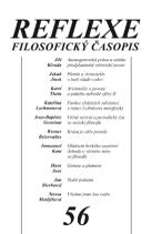The Manifold of Intuition and the Objects of Experience
This paper considers the relationship between the two steps in the proof-structure of the Transcendental Deduction of the categories in the second edition of the Critique of Pure Reason. The reason for considering this relationship is that in my opinion, there is an aspect of the analytic and systematic connection has been largely ignored in the discussion of this issue initiated by the article by Dieter Henrich „The Proof-Structure of Kant’s Transcendental Deduction“. I want to show the plausibility of two theses. First of all, the relationship of the two proof-steps to each other has to be established in a new way. I’d like to argue that this is possible, if we look at the explication of the dialectic of a transcendental proof in which the objective validity of the pure concepts of reason is to be proven. Further, I refer both to the two notes in § 15 and § 16 and to the Reflections of the „Duisburg-Nachlass“. The central point for the argument of the first step will be the § 19 with its definition of judgment. The analysis of these texts should show the plausibility of the second thesis which says that the first step of the proof could be taken, if the implications involved in the notion of the synthetic unity of the manifold of intuition are developed. Once this development has been carried out, it can be shown how its results make the realization of the first step possible. The second step is now just an application of the results of the first step on the objects of experience. This is so due to the fact that the forms of intuition are in fact formal intuitions, i. e. representations involving a manifold a priori in itself, and that is why they need the unifying function of the categories as valid for all manifold of the intuition at all (first step).
Backlinks: Reflexe 20
